3,3',5-Triiodo-L-thyronine
Synonym(s):Liothyronine;Reverse T3;rT(3);T3;O-(4-Hydroxy-3-iodophenyl)-3,5-diiodo-L -tyrosine
- CAS NO.:6893-02-3
- Empirical Formula: C15H12I3NO4
- Molecular Weight: 650.97
- MDL number: MFCD00002593
- EINECS: 229-999-3
- SAFETY DATA SHEET (SDS)
- Update Date: 2024-04-19 20:05:26

What is 3,3',5-Triiodo-L-thyronine?
Absorption
Thyroid hormones are well absorbed orally. From these hormones, liothyronine is almost completely absorbed and it does not present changes in the absorption rate due to concomitant administration of food.liothyronin Multiple administration of 50 mcg of liothyronine provided a maximal plasma concentration of total T3 of 346 ng/dL in about 2.5 hours with an AUC of 4740 ng.h/dL.
Toxicity
The reported oral LD50 of liothyronine in the rat is higher than 4540 mg/kg. When overdosage is registered, symptoms of hyperthyroidism are reported as well as confusion, disorientation, cerebral embolism, seizure, shock, coma, and death. The symptoms of overdose can be presented immediately or several days after overdose ingestion. In an overdose state, reduce the dose of liothyronine and do supportive treatment.
There are no reports studying the carcinogenic, and mutagenic potential nor on the effects of liothyronine on fertility.
Description
Crystalline T3 (liothyronine sodium, Cytomel) has a rapid onset and short duration of action. It is the therapy of choice when it is desirable to have rapid onset or cessation of activity, such as in patients with heart disease.
The Uses of 3,3',5-Triiodo-L-thyronine
T3 or 3,3',5-Triiodo-L-thyronine is a thyroid hormone involved with many physiological processes in the human body including growth and development, metabolism, body temperature and heart rate. Free and total T3 serum levels are measured by LC-MS/MS for determination of hyperthyroidism caused by excess T3. This Certified Spiking Solution? is suitable for use as a starting material in preparation of linearity standards, calibrators, and controls for thyroid hormone testing methods by LC-MS/MS.
Indications
Liothyronine is officially approved for the following indications:
In general terms, exogenous liothyronine is used to replace insufficient hormonal production and restore T3 plasma levels.
The lack of liothyronine can be presented as a pale and puffy face, coarse, brittle hair, dry skin, croaky voice and constipation as well as irregular periods, drowsiness, and lethargy.
Liothyronine should never be used in the suppression of benign nodules and nontoxic diffuse goiter in iodine-sufficient patients nor in the treatment of hyperthyroidism during the recovery phase of subacute thyroiditis.
Background
Liothyronine is a thyroidal hormone T3 which is normally produced by the thyroid gland in a ratio 4:1 when compared with T4: T3. Liothyronine is the active form of thyroxine which is composed in a basic chemical structure by a tyrosine with bound iodine. The exogenous liothyronine product was developed by King Pharmaceuticals and FDA approved in 1956.
What are the applications of Application
L-3,3′,5-Triiodothyronine, free acid is a hormone produced by the thyroid gland
Pharmacokinetics
In hormonal replacement, liothyronine is more potent and present a faster action when compared to levothyroxine but the time of action is significantly shorter. The type of treatment needs to be well evaluated as the fast correction of thyroid hormones in certain diseases presents additional risks such as heart failure. The onset of activity is observed a few hours after administration and the maximum effect is observed after 2-3 days.
Treatment with liothyronine has been shown to produce normal plasma levels of T3 hormone but to have no effect on the T4 plasma concentration.
Metabolism
Liothyronine is mainly metabolized in the liver where it is deiodinated to diiodothyronine and monoiodothyronine followed by conjugation with glucuronides and sulfates. One of the formed metabolites formed by the conjugation and decarboxylation is tiratricol. The iodine released by the metabolism of liothyronine is later taken and used within the thyroid cells.
Properties of 3,3',5-Triiodo-L-thyronine
| Melting point: | 234-238 °C(lit.) |
| Boiling point: | 232°C (rough estimate) |
| Density | 2.2155 (estimate) |
| Flash point: | 9°C |
| storage temp. | -20°C |
| solubility | DMSO (Slightly), Methanol (Very Slightly) |
| form | powder |
| color | Off-white to pale yellow |
| Water Solubility | Insoluble in water, ethanol and propylene glycol. Soluble in dilute alkalies. |
| Sensitive | Light Sensitive |
Safety information for 3,3',5-Triiodo-L-thyronine
| Signal word | Danger |
| Pictogram(s) |
 Exclamation Mark Irritant GHS07 |
| GHS Hazard Statements |
H315:Skin corrosion/irritation H319:Serious eye damage/eye irritation H335:Specific target organ toxicity, single exposure;Respiratory tract irritation |
| Precautionary Statement Codes |
P261:Avoid breathing dust/fume/gas/mist/vapours/spray. P304+P340:IF INHALED: Remove victim to fresh air and Keep at rest in a position comfortable for breathing. P305+P351+P338:IF IN EYES: Rinse cautiously with water for several minutes. Remove contact lenses, if present and easy to do. Continuerinsing. P405:Store locked up. |
Computed Descriptors for 3,3',5-Triiodo-L-thyronine
Abamectin manufacturer
GLP Pharma Standards
Molsyns Research
Rakshit Group of Companies (Rakshit Drugs Pvt Ltd)
New Products
3-N-BOC-(S)-AMINO BUTYRONITRILE 4-Piperidinopiperidine 2-Methyl-4-nitrobenzoic acid 2-(4-bromophenyl)-2-methylpropanoic acid 4-Acetyl-2-methylbenzoicacid Acetyl-meldrum's acid Ethyl-4-Pyrazole carboxylate 2,6 Di acetylpyridine 2,6-Pyridinedimethanol 5,7-Dichloro-3H-Imidazo[4,5-B]Pyridine 5-Bromo-2-Methoxy-4-Methyl-3-Nitropyridine 2-Fluoro-5-Iodopyridine 2-Fluoro-5-Methylpyridine 2-Chloro-3-Bromo-5-Amiopyridine METHYL-4-(BUTYRYLAMINO)3-METHYL-5-NITROBENZOATE TRANS-CYCLOBUTANE-1,2- DICARBOXYLIC ACID 5-Nitro indazole R-(-)-5-(2-AMINO-PROPYL)-2-METHOXY-BENZENESULFONAMIDE 1,3-cyclohexanedione 4-Aminophenaethylalchol (S)-(+)-4-BENZYL-2-OXAZOLIDINONE 3-NITRO-5-ACETYL IMINODIBENZYL 1-HYDROXY-4-METHYL6-(2,4,4-TRI METHYL PHENYL)-2-PYRIDONE MONO ETHANOL AMINE(PIROCTONE OLAMINE) 4-FLUORO PHENYL MAGNESIUM BROMIDE 1.0 M IN THFRelated products of tetrahydrofuran

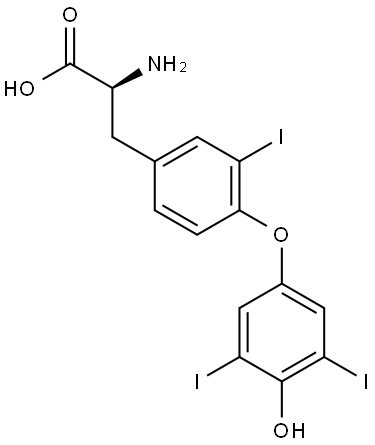

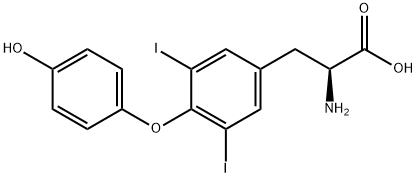
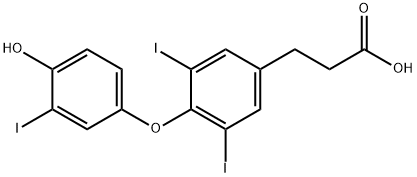
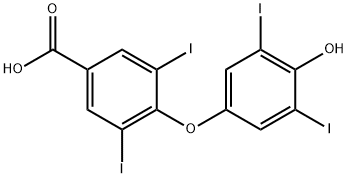
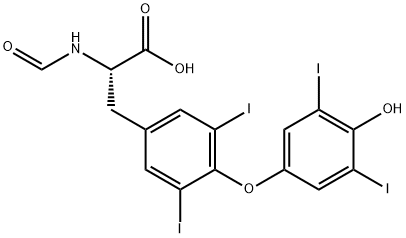
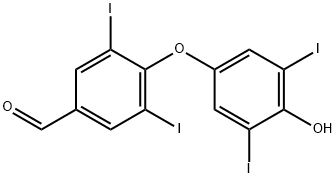
You may like
-
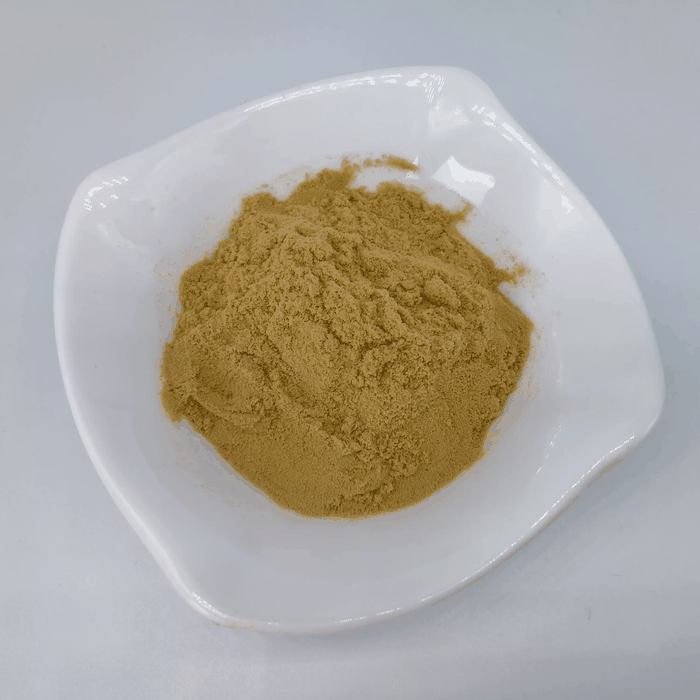 6893-02-3 Levothyroxine EP Impurity-A 98%View Details
6893-02-3 Levothyroxine EP Impurity-A 98%View Details
6893-02-3 -
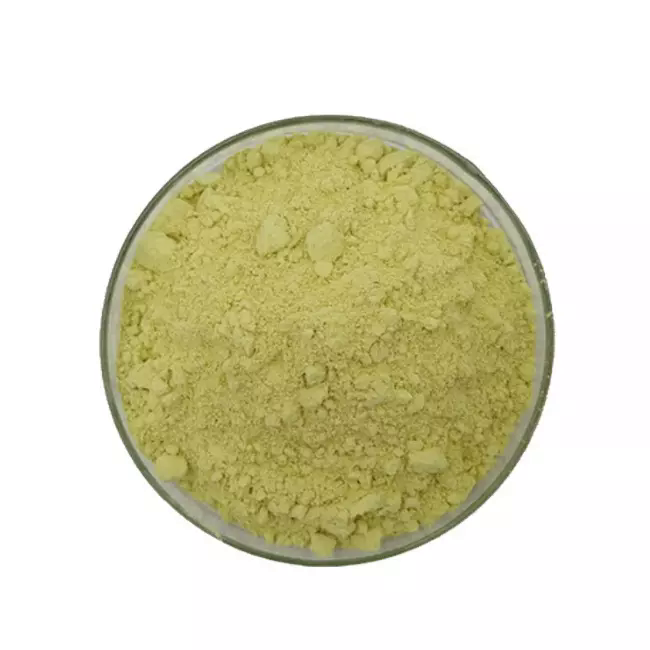 6893-02-3 98%View Details
6893-02-3 98%View Details
6893-02-3 -
 6893-02-3 Liothyronine Reference Standard 98%View Details
6893-02-3 Liothyronine Reference Standard 98%View Details
6893-02-3 -
 2,3 Dichloro-4-Hydroxy Aniline 39183-17-0 99%View Details
2,3 Dichloro-4-Hydroxy Aniline 39183-17-0 99%View Details
39183-17-0 -
 17673-56-2 99%View Details
17673-56-2 99%View Details
17673-56-2 -
 13463-67-7 Titanium Dioxide 99%View Details
13463-67-7 Titanium Dioxide 99%View Details
13463-67-7 -
 143-07-7 99%View Details
143-07-7 99%View Details
143-07-7 -
 20776-67-4 99%View Details
20776-67-4 99%View Details
20776-67-4